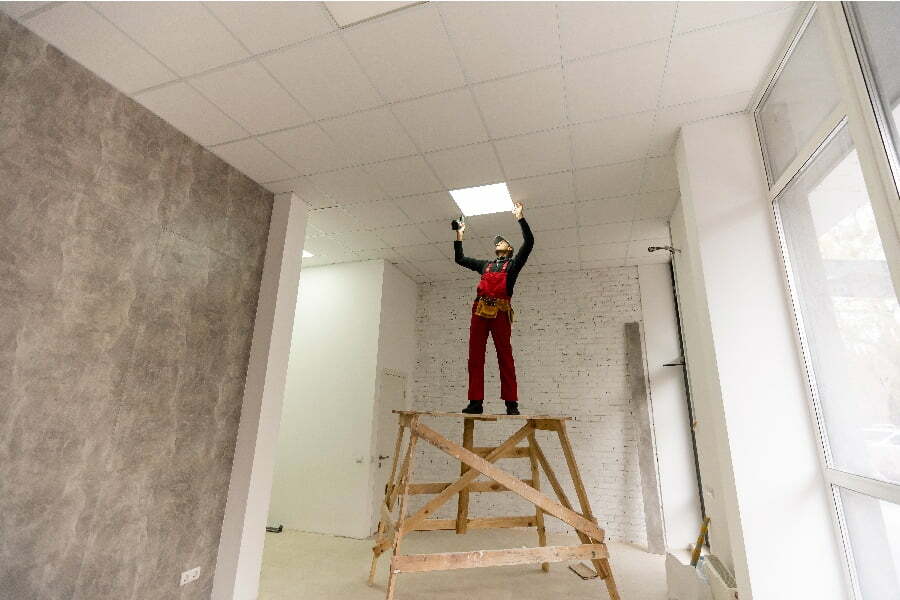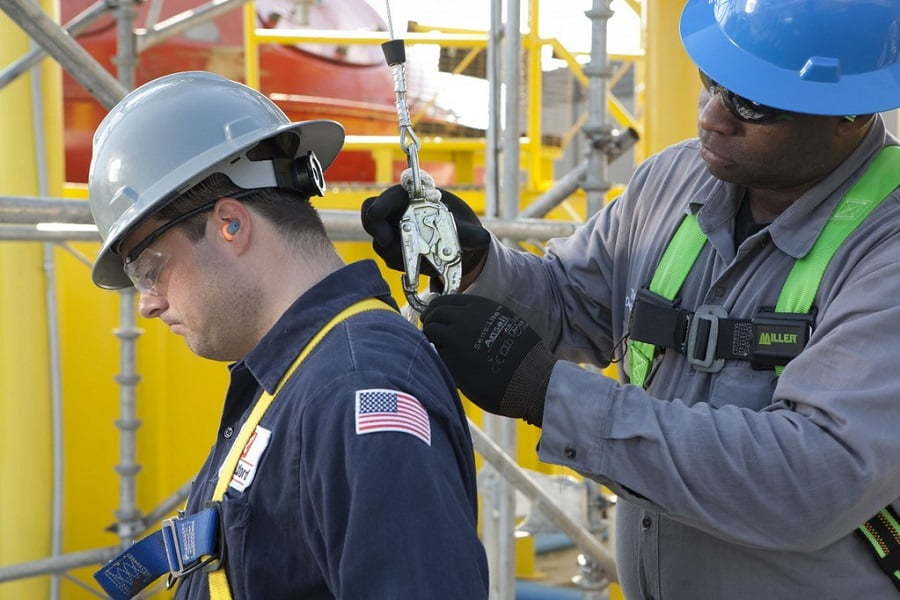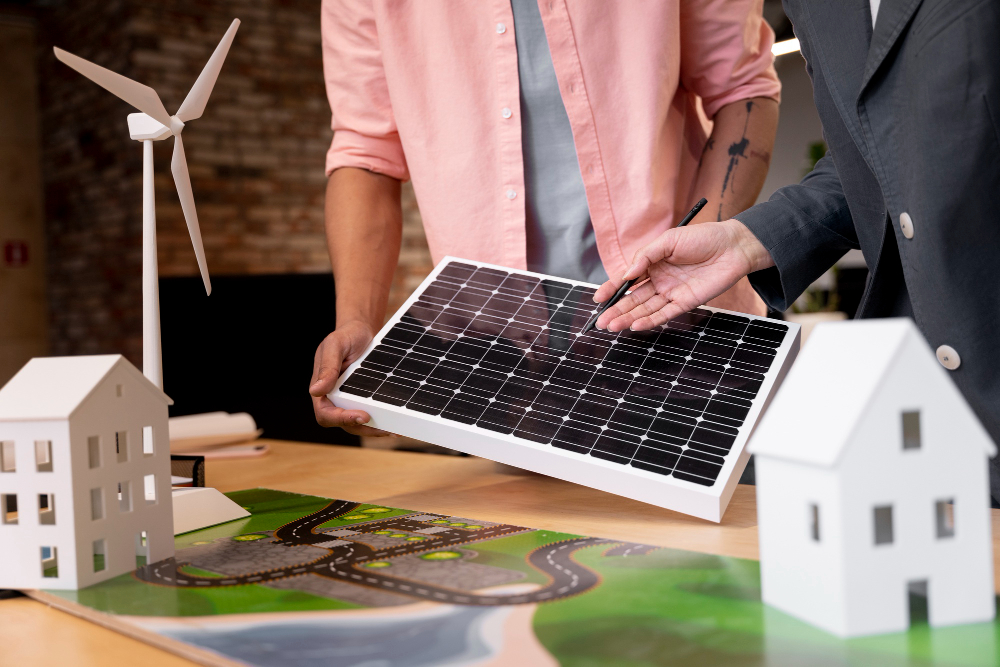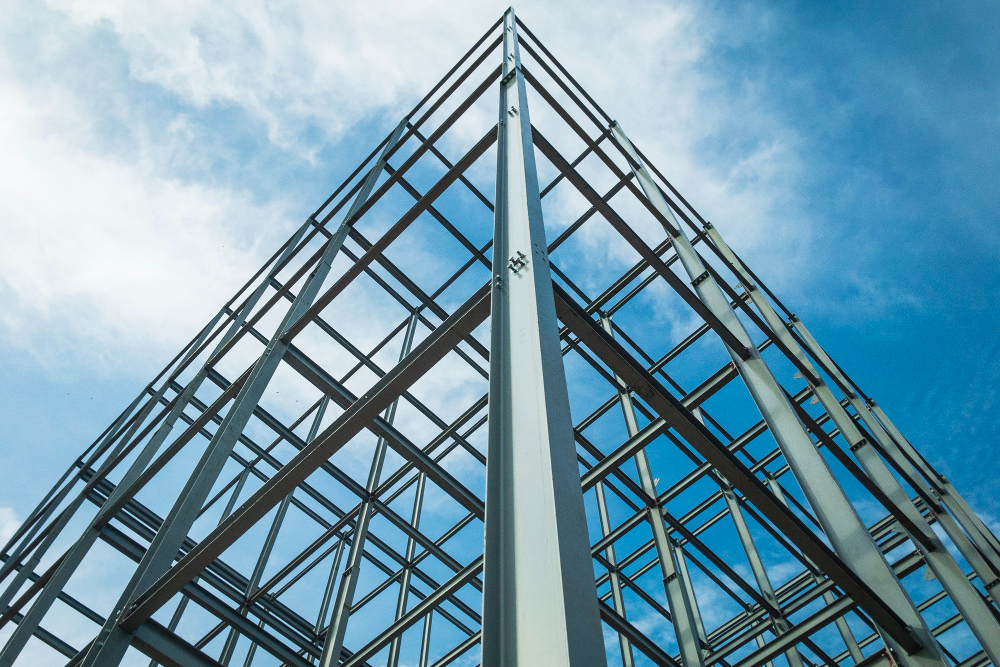Last updated on
Here are the top construction accents that can happen on a building site and how to prevent them. Read on!
With the rise of sustainable builds comes new risks and potential hazards that workers and contractors need to be aware of.
The construction industry accounted for 21.1% of worker deaths in the private sector in 2020, according to the Occupational Safety and Health Administration (OSHA). While this is a decrease from previous years, it still highlights the importance of safety in the construction industry.
In this blog post, we will explore the common causes of accidents in sustainable builds and the steps that can be taken to prevent them.
Common Causes of Construction Accidents in Sustainable Builds

Sustainable builds bring unique challenges and potential hazards to the construction industry. Here are some of the most common causes of construction accidents in sustainable builds:
Falls from Heights
Installation of solar panels, green roofs, and other features often requires workers to work at heights, which can be dangerous if proper safety measures are not taken. Falls from heights are the leading cause of fatalities in the construction industry, and this risk is amplified in sustainable builds. In case of such accidents, seeking guidance from personal injury lawyers can provide crucial support and ensure the provision of appropriate legal assistance.
Exposure to Hazardous Materials
Eco-friendly construction materials such as spray foam insulation or certain types of sealants may contain hazardous chemicals that can pose risks to workers’ health if not handled properly. Workers who come into contact with these materials may experience skin irritation, respiratory issues, or other health concerns.
It is essential for workers to protect themselves by wearing proper personal protective equipment (PPE), such as an N95 mask, which can help filter out harmful particles and provide respiratory protection.
Electrical Hazards
Renewable energy systems such as solar panels and wind turbines require electrical wiring, which can pose electrocution risks if not installed properly. Workers who are not trained in electrical work or who fail to follow established guidelines can suffer electrical shock, burns, or other serious injuries.
Structural Failures
Sustainable building materials require proper installation and maintenance to prevent potential structural failures, which can lead to injury or damage to property. Materials such as bamboo or straw bales may have different installation requirements than traditional materials like wood or steel, and failure to follow these guidelines can lead to structural issues.
Heat Stress
Sustainable builds often require working in hot and humid conditions, such as when installing green roofs or landscaping, which can lead to heat stress and other heat-related illnesses. Workers who are not acclimated to working in these conditions or who fail to take necessary breaks can experience heat exhaustion or heat stroke.
Prevention of Construction Accidents in Sustainable Builds

Preventing construction accidents in sustainable builds requires a proactive approach to safety. Here are some of the most effective ways to prevent construction accidents in sustainable builds:
Providing Proper Training and Personal Protective Equipment
Workers in sustainable builds need proper training to ensure that they are aware of the potential hazards and risks they face, and to understand how to work safely around renewable energy systems, eco-friendly materials, and other sustainable features.
They must also be given personal protection equipment, such as hard helmets, gloves, and safety harnesses, to lower their chance of getting hurt by falling, being exposed to electrical risks, or coming into contact with dangerous materials.
Following Safety Guidelines and Regulations
The construction industry has established safety guidelines and regulations for a reason: to ensure the safety of workers. Contractors and workers in sustainable builds should ensure that they follow these guidelines and regulations to ensure safe work practices. For instance, the Occupational Safety and Health Administration (OSHA) has set standards for handling hazardous products, installing and using renewable energy systems, and working at heights.
Proper Installation and Maintenance of Sustainable Building Materials and Equipment
Sustainable building materials require proper installation and maintenance to prevent structural failures and other hazards. Regular inspections can help identify potential issues before they become more serious.
For example, ladder fall arrest systems for safety purposes are important in preventing falls from heights and should be installed and used according to OSHA guidelines.
Use of Eco-Friendly Construction Materials with Lower Health and Environmental Risks
The environmental effect of construction may be lessened by using environmentally friendly building materials like bamboo, salvaged wood, and recycled steel in sustainable construction projects. However, some of these substances may include dangerous compounds that provide health concerns to employees.
To reduce the potential for worker exposure to hazardous chemicals, contractors should choose eco-friendly materials with lower health and environmental risks.
Regular Inspection and Maintenance of Renewable Energy Systems
To avoid electrical risks and maintain safe operation, renewable energy equipment like solar panels and wind turbines need frequent inspection and maintenance.
Proper electrical wiring, grounding, and installation according to established guidelines can help prevent electrocution risks.
Building a Culture of Safety on the Job Site
In addition to taking proactive measures to prevent construction accidents, building a culture of safety on the job site is crucial to creating a safe work environment.
Promoting open communication between workers and supervisors is an essential component of building a culture of safety on the job site. Workers should feel comfortable reporting safety concerns or hazards to their supervisors without fear of retribution.
By fostering an environment of open communication, workers are more likely to report safety concerns or hazards, which is an important step in preventing accidents. Workers who are on the front lines of construction are often the first to identify potential hazards, such as improperly installed renewable energy systems or hazardous materials that have not been handled properly.
Rewarding safe work practices is another key component of building a culture of safety on the job site. Recognizing workers who practice safe work habits can help reinforce the importance of safety and encourage others to adopt safe work practices. This can include rewarding workers who report safety concerns or hazards, or those who take steps to mitigate potential hazards before accidents occur.
Creating a culture of safety on the job site requires a commitment from both contractors and workers. Promoting safety as a core value, providing regular safety training, and involving workers in safety programs can create a safer and more sustainable work environment.
The Takeaway
As we continue to move towards a more sustainable future, it is crucial that we put worker and environmental safety first. We can assure a safer and more sustainable future for everyone by adopting these actions and fostering a culture of safety.
Related reading:
Table of Contents





